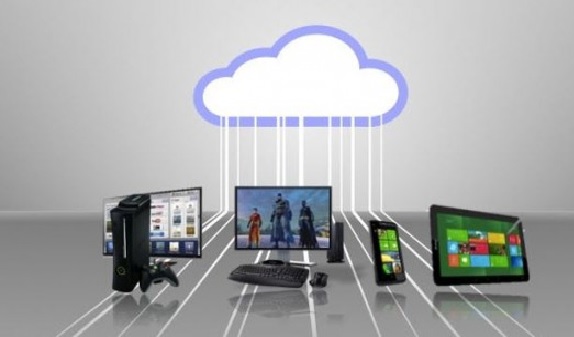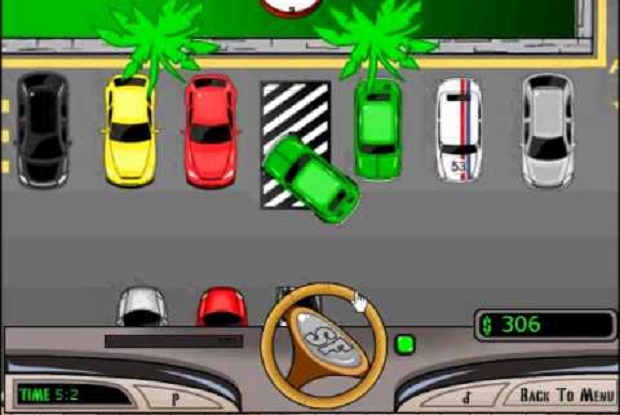Firstly, you’re not a dummy because you don’t have a clue what terminal emulation is. You are a dummy if you don’t know how Blu-ray and Bluetooth are different. And you are a dummy if you ever said “No one got fired for putting in IBM”.
Terminal emulation is slightly more complicated only because the world in which we live is so GUI (graphical user interface) oriented that we’ve forgotten the simple legacy of all things non-graphical.
So you Want it in a Nut Shell?
Terminal emulation is the ability of any terminal – whatever the size, shape or colour – to recreate (or emulate) the appearance of another terminal. Often an older type of terminal so that users can access programs originally written to interconnect with the other terminal type or to avoid having to be compatible with a GUI. Terminal emulation users can log on and get direct access to ancient programs within a mainframe operating system. Terminal emulation needs an emulator or a software program that facilitates this kind of access.
So how do we know about Terminal Emulation?
Well it’s really quite simple actually. Terminal emulation is the single most important and largest way that our tablets and smart phones work with software packages.
A business with mobile computers installs a terminal emulation program in all of its devices. Often they are actually pre licensed with these emulators so they can work with larger applications like modules and erps. Workers can use any workstation that is connected via the emulator applications. The terminal emulation program runs like any other workstation application as a separate program task providing its own window to the user. However, the application interface is text-only.
The Benefits of Terminal Emulators
In short, a terminal emulator is a program that does exactly what a dumb terminal did in the early days of computing. It communicates keystrokes to the remote server, accepts output from the server and presents it in a window which re-generates the screen that was used in the past. However, the real benefit of using a terminal emulator is that it is much more clever than a real terminal. It offers functions like logging output to a printer, saving output to a disk, letting input and output to be sent, received and sorted automatically. A terminal emulator is also able to help you systematize repetitive tasks.
In the past, many manufacturers developed their own terminals with their own kind of communication between the terminal and the server. In other words, different manufacturers used different codes that their servers sent to the terminals to make the cursor move, change the colour, clear the screen or any other command you can think of. Amongst the best-known terminal manufacturers were DEC (who created a line of VT-Terminals, including vt100 and vt200) and IBM (using 3270 and 5250 terminals). There were also standard codes for these tasks, called ANSI terminals. The great thing about modern terminal emulators is that they understand the majority of the codes that have been used in the past. A single terminal emulation program can actually do the job of both an IBM and a DEC terminal, depending on which server you need to access.








